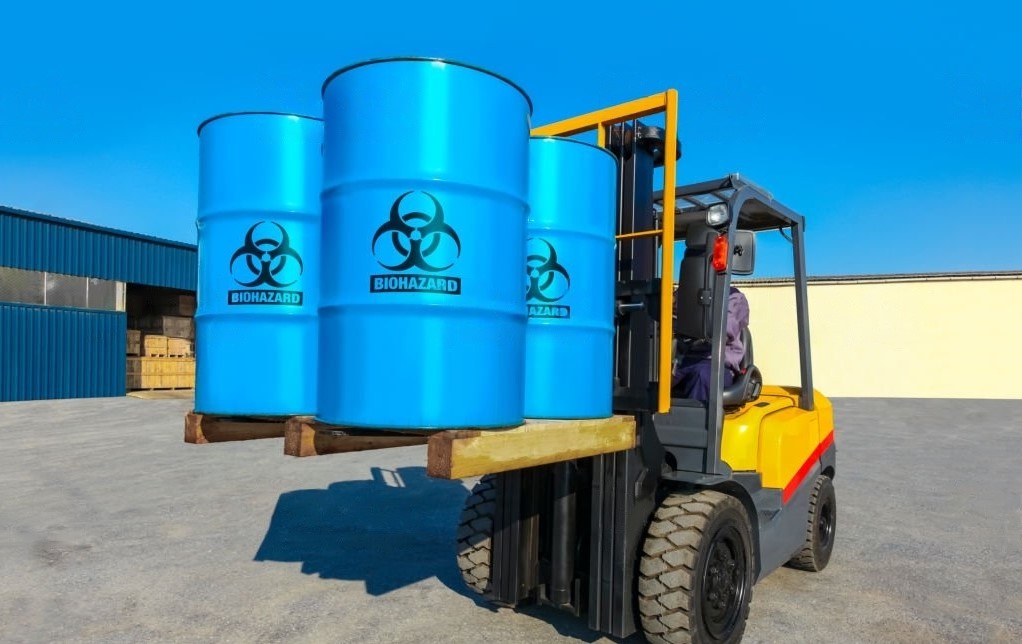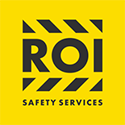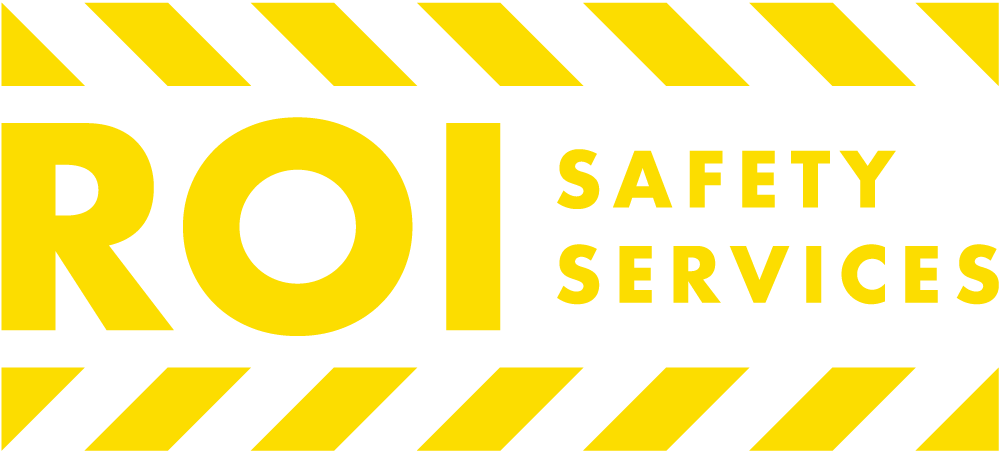
The Hazard Communications Standards require all manufacturers and distributors of chemicals to provide an adequately authored Safety Data Sheet (SDS).
An SDS is a critical document providing guidelines and information about the chemical composition, transportation, associated use risks, storage, and best handling practices. A well-written SDS contains all the above information in a standardized format easy for the user to peruse and comprehend.
What Is in a Properly Authored SDS?
A properly authored SDS should contain 16 sections of comprehensive and accurate information to meet users’ needs in an emergency scenario. According to the Hazard Communication Standards, an importer or manufacturer should accompany any hazardous chemical with effective communication regarding the product.
The 16 sections of a properly authored SDS are as follows:
Section 1: Identification
The first section of the SDS has identifying information about your company and the particular product you are manufacturing, importing, or distributing. It also includes the supplier’s contact information, an emergency phone number, recommended use, and risks.
Example of SDS section 1:
| Product Identifier (e.g., Name or Synonym) | xxx |
| Company Details (e.g., Address | xxx |
| Hazardous Ingredients | xxx |
| Recommended Use | xxx |
| Emergency Contacts | xxx |
Section 2: Hazard(s) Identification
This section includes pictograms and signals describing the hazard classification of the chemical following the GHS label elements. These include Danger, Warning, Caution, and Precautionary Statement (s).
Section 3: Composition/Information on Ingredients
This critical section needs detailed identification of product ingredients, mixing ratios, and trade secrets. It’s where all components that make up your product, their chemical names, percentage concentration, and hazardous levels are documented.
Section 4: First Aid Measures
This section requires simple directions on first-aid measures to be taken when exposed to the chemicals in the SDS. This may include prompts like:
- Important symptoms to look out for in case of ingestion, eye or skin contact.
- The immediate course of action to take if accidental spills happen.
Section 5: Firefighting Measures
This section outlines suitable fire extinguishing instructions in case of a fire outbreak and the hazards of chemical fire exposure. It also contains details on appropriate protective equipment for firefighters.
Example of SDS section 5:
| Suitable extinguishing media | Water spray, foam, or dry powder |
| Serious hazards from the chemical fire | Toxic fumes |
| Precaution for firefighters | Take action with full protective gear |
Section 6: Accidental Release Measures
This section explicitly shows procedures to take in the case of accidental leaks to the environment.
Example of SDS section 6:
| Personal/Environmental Precautions | Ventilate spillage area |
| Containment and clean-up methods | Collect or routinely recover the spillage |
| Other Information | Residue disposal methods |
Section 7: Handling and Storage
This section has practices to ensure the safe handling and storage of hazardous chemicals and ways to minimize environmental leaks.
Example of SDS section 7:
| Measures for safe handling | Wear protective gear, avoid eye or skin contact, use in a well-ventilated area, etc. |
| Storage conditions | Store in a cool, dry place with good ventilation. |
| Incompatibilities | Keep far from flames or heat. |
Section 8: Exposure Controls/Personal Protection
The section contains information on maximum exposure levels and engineering measures in case of a spill. It includes what equipment the chemical handlers need and how much protection they offer against exposure. It also alerts handlers on the difference between the time of exposure and experiencing harmful damage.
Example of engineering measures to take:
| Type | Material | Permeation | Thickness | Penetration |
| xxx | xxx | xxx | xxx | xxx |
Section 9: Physical and Chemical Properties
This section requires you to provide empirical data entailing the physical and chemical properties of the substance.
Example:
- Appearance
- Odor
- Melting point
- Boiling point
- PH
- Solubility
- Relative Density
Section 10: Stability and Reactivity
This section requires the stability of the chemical, measured by its ability to withstand various environmental conditions without changing to a hazardous component. Here you state the following:
| Reactivity and stability | Non-reactive under normal conditions. |
| Possibilities of reaction | xxx |
| Conditions to avoid | Check recommended conditions |
Section 11: Toxicological Information
This section provides comprehensive details on health hazards associated with the chemical, including:
- The toxicological effects like skin irritation or corrosion
- Acute toxicity (on skin, eye, or after ingestion)
- Severe organ damage and allergic reactions.
Section 12: Ecological Information
Here, you include the severity of the chemical to aquatic life, the degradability rate, its mobility in soil, the PBT assessment results, and other necessary information.
Section 13: Disposal Considerations
It provides information on properly disposing of your product, including recommendations for specific waste treatment and disposal methods.
Section 14: Transport Information
The section details the appropriate transport means for the chemicals. It may be helpful for those who are shipping your chemicals or using them in bulk and require particular precautions.
Section 15: Regulatory Information
This section highlights all regulatory information for your product. It is optional and should only be used if your product has specific safety or environmental regulations that must be followed.
Section 16: Other Information
If there are any additional pieces of information you think would be helpful for your customers to know about your product(s), feel free to include them here. These details may include the preparation date or your product’s last revision.
What Is the Importance of Adequately Authoring an SDS?
Occupational hazards often happen in different workplaces, but the severity depends on what is being handled. Industries and institutions dealing with hazardous chemicals can experience spills and accidental exposure, and thus where a detailed SDS guideline comes in handy. The benefits include:
- A well-authored SDS document helps to protect the health and safety of workers handling the chemicals.
- It guides handlers on how to deal with emergencies and minimize chemical exposure to the environment. For instance, it provides a clean-up procedure in the case of an accidental spill or exposure.
- The document is also crucial for trainees as it sets out first aid procedures essential during an emergency where an expert is unavailable.
Contact ROI Safety Services Today!
Properly authored SDS documents can change how your product is handled and minimize casualties during and after a spillage. You have a duty to your workers and the environment to author a comprehensive SDS for their safety.
Our experts at ROI Safety Services are here to assist you in writing the most detailed SDS possible. Call us today at (714) 520-1608.

